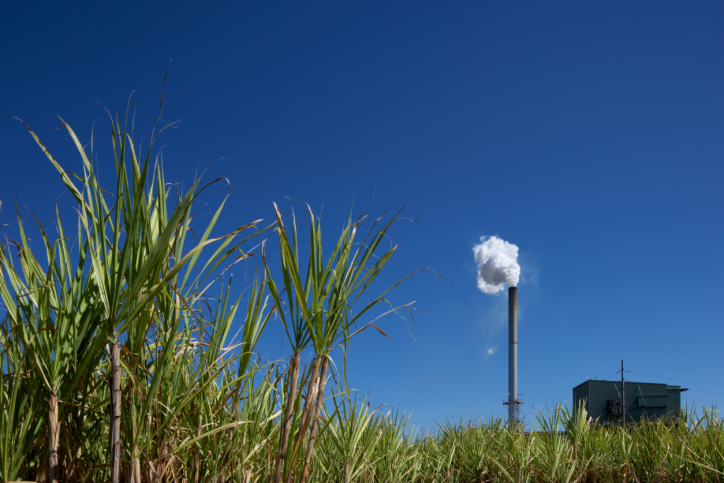Issues Facing the Food & Beverage Industries
In the food and beverage industries, there is a growing need for a systematic approach to design complete food and beverage processing systems. The demand for contamination-free consumables, as well as the customer-driven need for product freshness, have helped to stave off low-cost import product competition. However, this situation is changing, and large-scale food manufacturers everywhere are facing the reality that they must either increase production efficiencies or lose market share to lower cost competition.

How We Can Help
PROCESS can help by bringing state of the art process design skills and engineering tools to bear on new or existing processes to lower manufacturing costs, and to improve product quality and safety. Our food and beverage process engineering expertise is most applicable to food processes in the areas of computer modeling, cycle time reduction, separations, and chemical contaminant avoidance.
Although substantial knowledge can be gained by computer modeling of food production processes, this information has seldom been used in the past for process systems design in the food industry. Due in part to the batch nature of traditional processes, the actual approach was frequently in the domain of intuition or “what worked in the past.”
The current generation of food and beverage process engineering tools are based upon overall mass and heat balances. Although these tools are widely used for continuous production in the petroleum and chemical industry, applications in the batch or semi-batch food industry were limited. In recent years more expansive developments for a new generation of conceptual process design methods were started in the chemical industry. These methods are directed on the integration of product and process design as a simultaneous activity.
PROCESS can apply the conceptual process design methods to achieve:
- Precise production of fresh high quality products
- Improvement of product safety
- Flexible multi-product systems
- Improved heat history and reduced product degradation during processing
- Optimization of utilities usage to reduce costs
Distillation Expertise
PROCESS has years of operations and design experience with a wide variety of distillation systems. Many of these systems were unusual in some way (azeotropic, reactive, feeds containing solid particulates, etc.). Our distillation expertise has obvious direct application to producers of food grade products requiring flash distillation or multistage fractionation to purify products such as edible oils, alcoholic beverages, etc. PROCESS can simulate your existing system and use this as a baseline from which to explore and recommend a variety of process improvements. We are experienced in reboiler design, heat transfer, and vacuum distillation systems, all of which can play a key role in minimizing product degradation in the distillation process.



How We Work
We depend on our customers to present the product idea; they know their markets and their processes. PROCESS adds the food and beverage process engineering expertise to translate the idea into reality. The equipment we design and specify is used for long-term mass production; the process must therefore be safe, clean, cost-effective, and robust to produce a consistent quality product.
We go about it as follows:
-
-
-
- Evaluate the process options with our customers
- Supply the materials and engineering expertise in addition to our customer’s own expertise in food technology
- Perform proof-of-principle demonstrations via simulation tools and/or the design of bench scale testing programs
- Design a pilot line and, with the customer, fine-tune the process parameters
- Capital Project Development Support (FEL-0, 1, 2, 3)
-
-



Process Optimization & Product Quality – The focus is on improved technologies for the production of better consumer foods on an economically viable commercial scale. PROCESS can help evaluate operational considerations to improve efficiencies, and to help the client gain a better understanding of the interactions between food products and processes – considerations often overlooked in the past with traditional batch food processes.
Improved Food Process Selection and Design – As food processing has grown in size and complexity, there has been a corresponding trend toward the use of continuous processing, similar in many ways to the continuous processing found in much of the traditional chemical processing world. The demand worldwide for low-cost, efficient process designs has led to many crossovers between food and chemical plant designs.
Hygienic Design and Process Hygiene -As we have seen in recent news, production sanitation, cleanliness, and hygiene are receiving increased emphasis with the various regulatory agencies charged with maintaining the safety of the food chain. The main design activities here concentrate on integration of hygienic measures to improve process sanitation in general, fundamentally sound first principles cleaning procedures, and application of fluid flow principles to improve the hygienic state of process plants.
